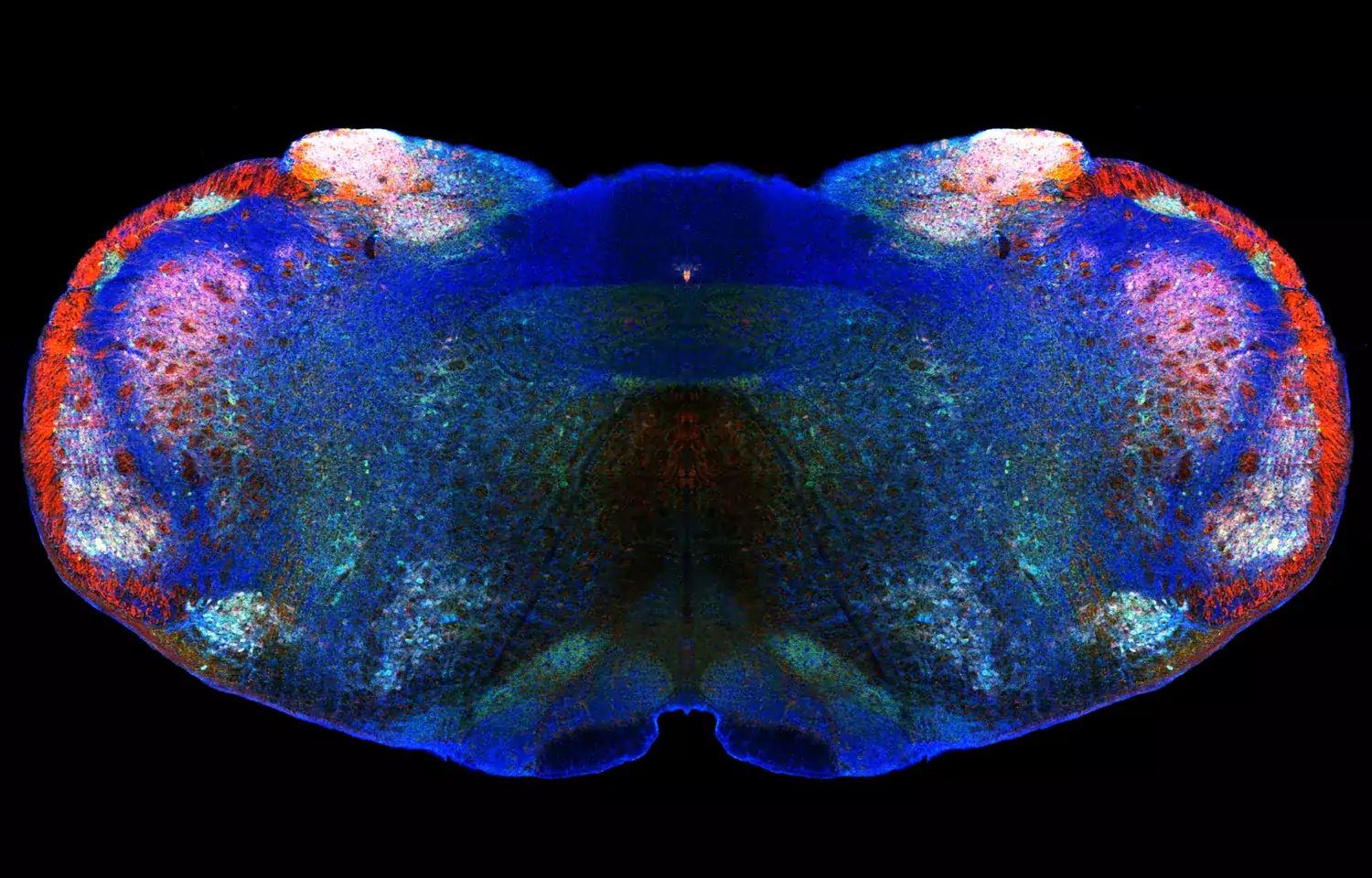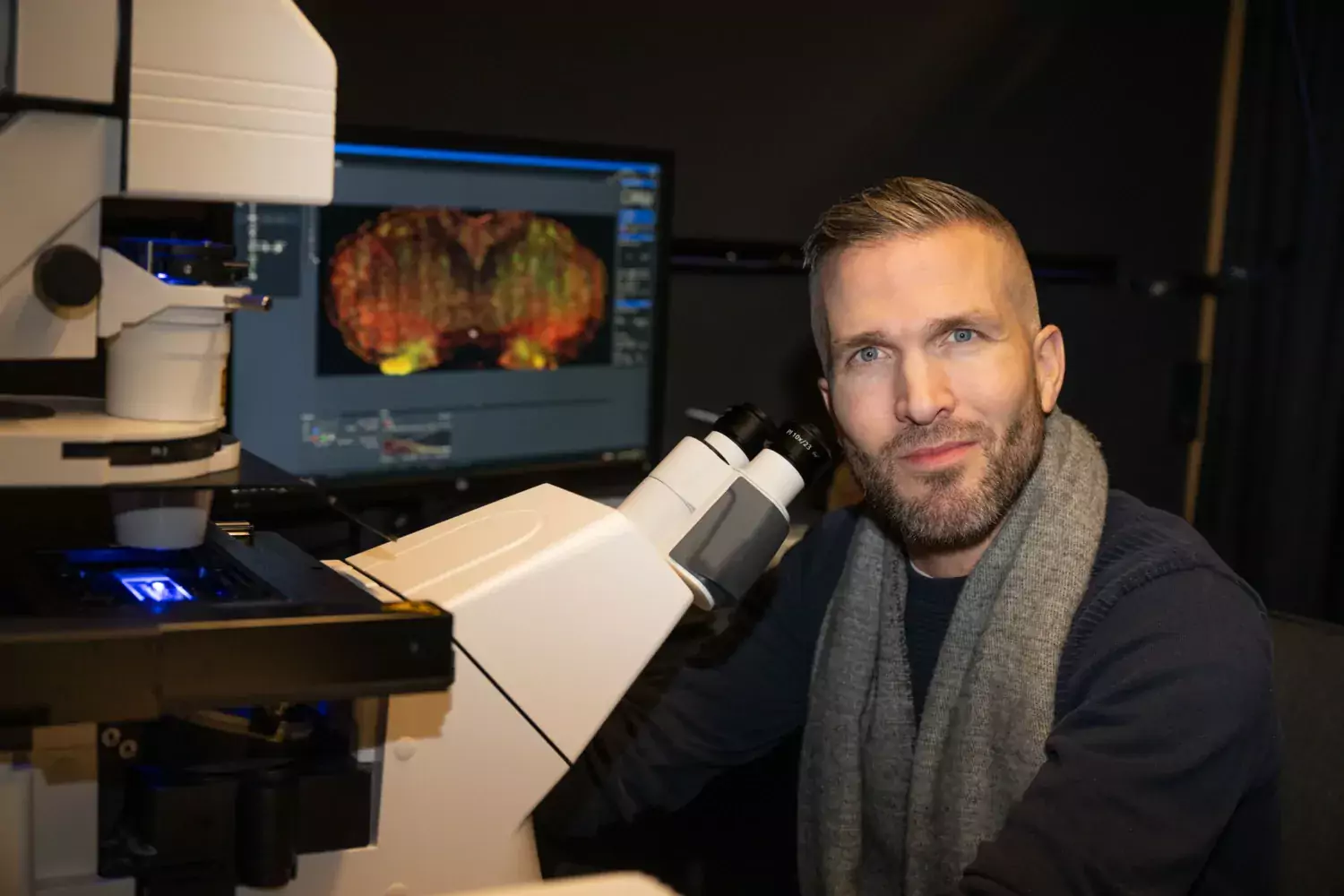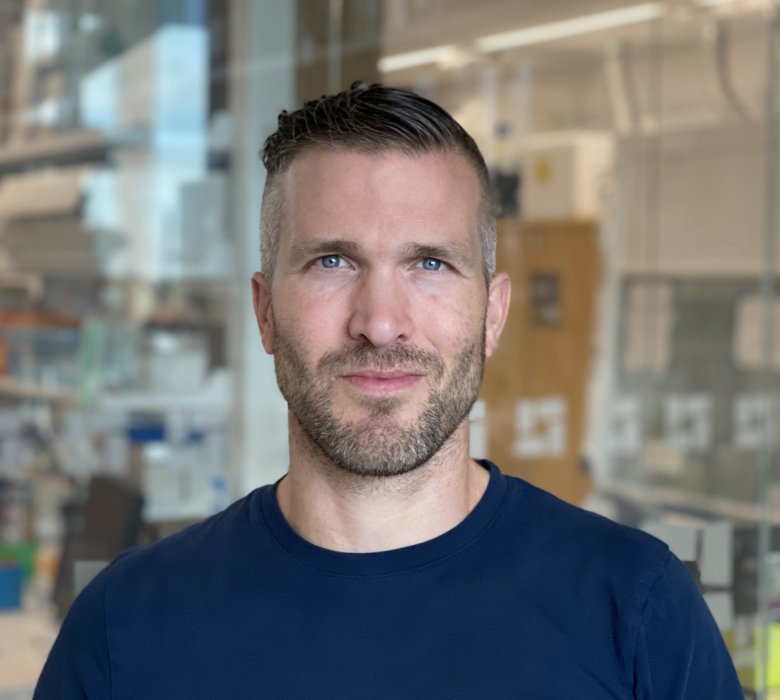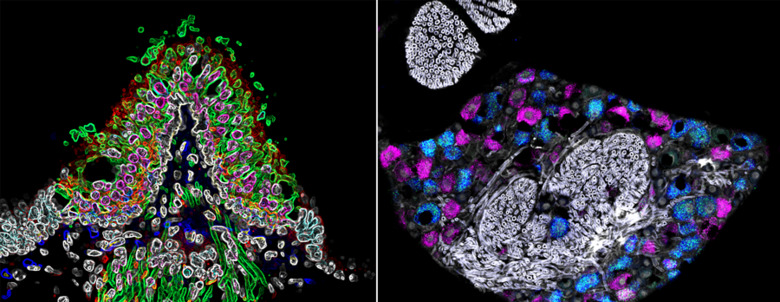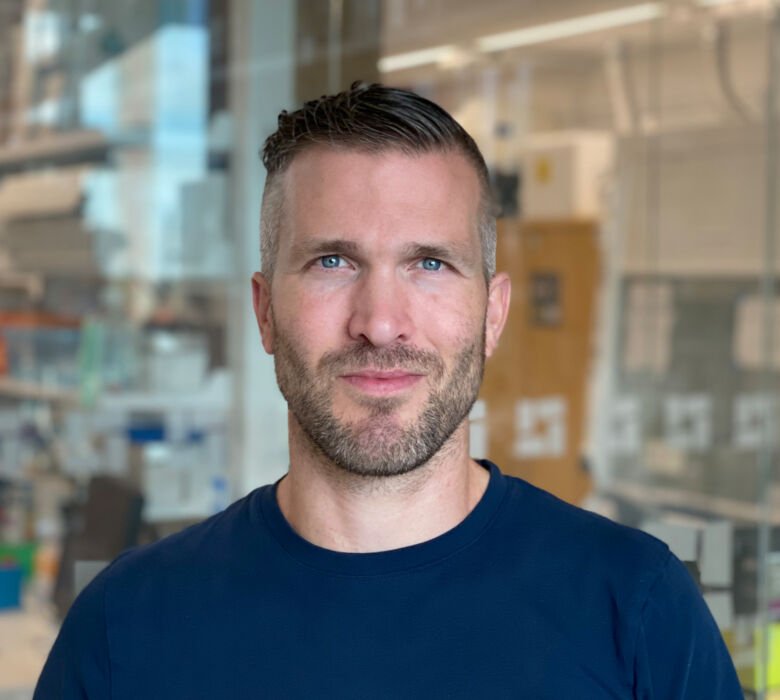 Photo: Saida Hadjab
Photo: Saida HadjabFrancois Lallemend new professor at the Department of Neuroscience
Congratulations to Principal researcher and research group leader Francois Lallemend, who has been appointed Professor of Neurobiology of Sensory Systems at the Department of Neuroscience at Karolinska Institutet from 1 December 2023.

